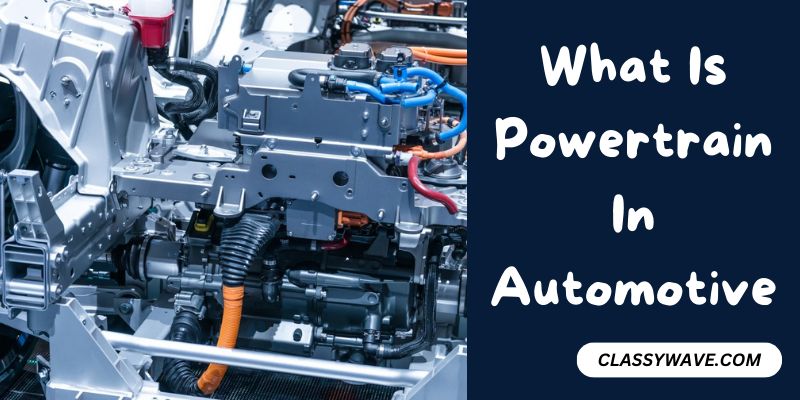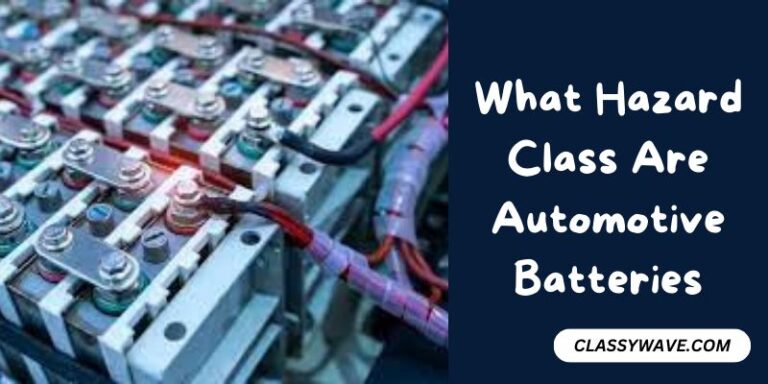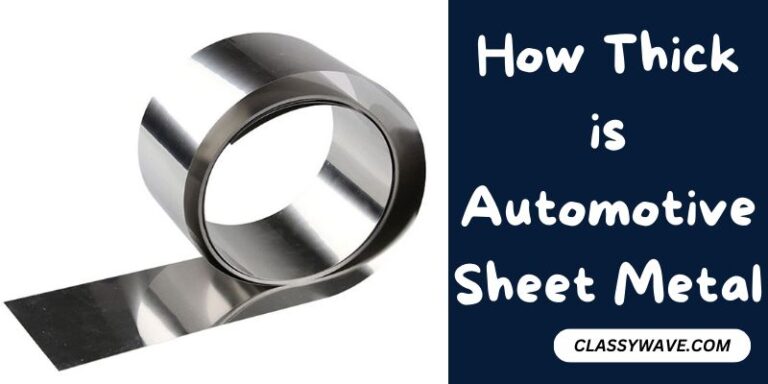What Is Powertrain In Automotive – Key Components
In the intricate world of automotive engineering, the powertrain stands as a fundamental component, driving the wheels of innovation and efficiency. Defined as the mechanism that propels a vehicle, the powertrain has evolved significantly over the years, shaping the way we perceive and interact with automobiles.
Components of a Powertrain
At its core, a powertrain consists of three primary components: the engine, transmission, and drivetrain. Each plays a crucial role in ensuring a seamless flow of power from the engine to the wheels, translating into the dynamic motion of a vehicle.
Functions of Each Component
The engine, often hailed as the heart of the powertrain, is responsible for generating power through controlled explosions of fuel and air. Transmission takes this power and distributes it to the wheels, while the drivetrain ensures a smooth transfer of power, accommodating different speeds and terrains.
Types of Powertrains
Powertrains come in various types, catering to different preferences and environmental concerns. Conventional powertrains, hybrids, and electric powertrains present distinct advantages and trade-offs, influencing the choices of both manufacturers and consumers.
Advantages of Different Powertrain Types
Fuel efficiency, reduced environmental impact, and enhanced performance are among the advantages associated with different powertrain types. Understanding these benefits is crucial for consumers looking to align their values with their vehicle choices.
Powertrain Technologies and Innovations
Turbocharging, start-stop systems, and regenerative braking represent just a few of the innovative technologies enhancing powertrain efficiency and sustainability. These advancements not only improve performance but also contribute to reducing the ecological footprint of vehicles.
Challenges and Limitations
While the powertrain’s evolution is commendable, challenges such as sustainability concerns, cost implications, and infrastructure limitations persist. Addressing these challenges is pivotal for the automotive industry to achieve a harmonious balance between progress and environmental responsibility.
Future Trends in Powertrain Development
The future of powertrains is marked by electrification trends, the impact of autonomous vehicles, and the pursuit of sustainable alternatives. These trends are not only reshaping the automotive landscape but also influencing consumer expectations and regulatory standards.
Powertrain Maintenance Tips
Ensuring the longevity and efficiency of a powertrain involves regular inspections, fluid checks, and professional servicing. Implementing these maintenance tips can significantly extend the life of a vehicle’s powertrain.
Impact of Powertrain on Vehicle Performance
The powertrain plays a decisive role in determining a vehicle’s performance metrics, including acceleration, speed capabilities, towing capacity, and fuel economy. Understanding these dynamics empowers consumers to make informed decisions based on their driving needs.
Powertrain in Different Vehicle Types
From sedans to SUVs and trucks, the application of powertrains varies across vehicle types. Each category demands a tailored approach to powertrain design, taking into account factors such as size, weight, and intended use.
Environmental Considerations
As environmental concerns escalate, the automotive industry faces increasing pressure to reduce carbon footprints and adhere to stringent emission standards. Green technologies integrated into powertrains offer a pathway toward a more sustainable future.
Comparison of Traditional vs. Advanced Powertrains
Comparing traditional and advanced powertrains involves assessing factors like efficiency, performance, environmental impact, and cost considerations. This comparative analysis aids consumers in making choices aligned with their values and priorities.
Consumer Choices and Preferences
Market trends, consumer awareness, and government incentives collectively shape the choices and preferences of individuals when it comes to powertrains. Understanding these dynamics is crucial for both manufacturers and consumers alike.
Conclusion
In conclusion, the powertrain’s role in the automotive realm is undeniably pivotal. As technology advances and consumer preferences evolve, the powertrain will continue to be a focal point of innovation, driving the industry toward a more sustainable and efficient future.
FAQs
What is the primary function of a powertrain?
The powertrain’s primary function is to transfer power from the engine to the wheels, propelling the vehicle forward.
How do different powertrain types impact fuel efficiency?
Different powertrain types, such as electric and hybrid, often offer improved fuel efficiency compared to conventional options.
What are the maintenance challenges associated with powertrains?
Powertrain maintenance challenges include addressing sustainability concerns, managing costs, and navigating infrastructure limitations.
How does the powertrain contribute to environmental sustainability?
The powertrain contributes to environmental sustainability through innovations like electric powertrains and green technologies that reduce carbon emissions.
Are there government incentives for choosing specific powertrain types?
Yes, some governments offer incentives such as tax credits for choosing environmentally friendly powertrain options.







